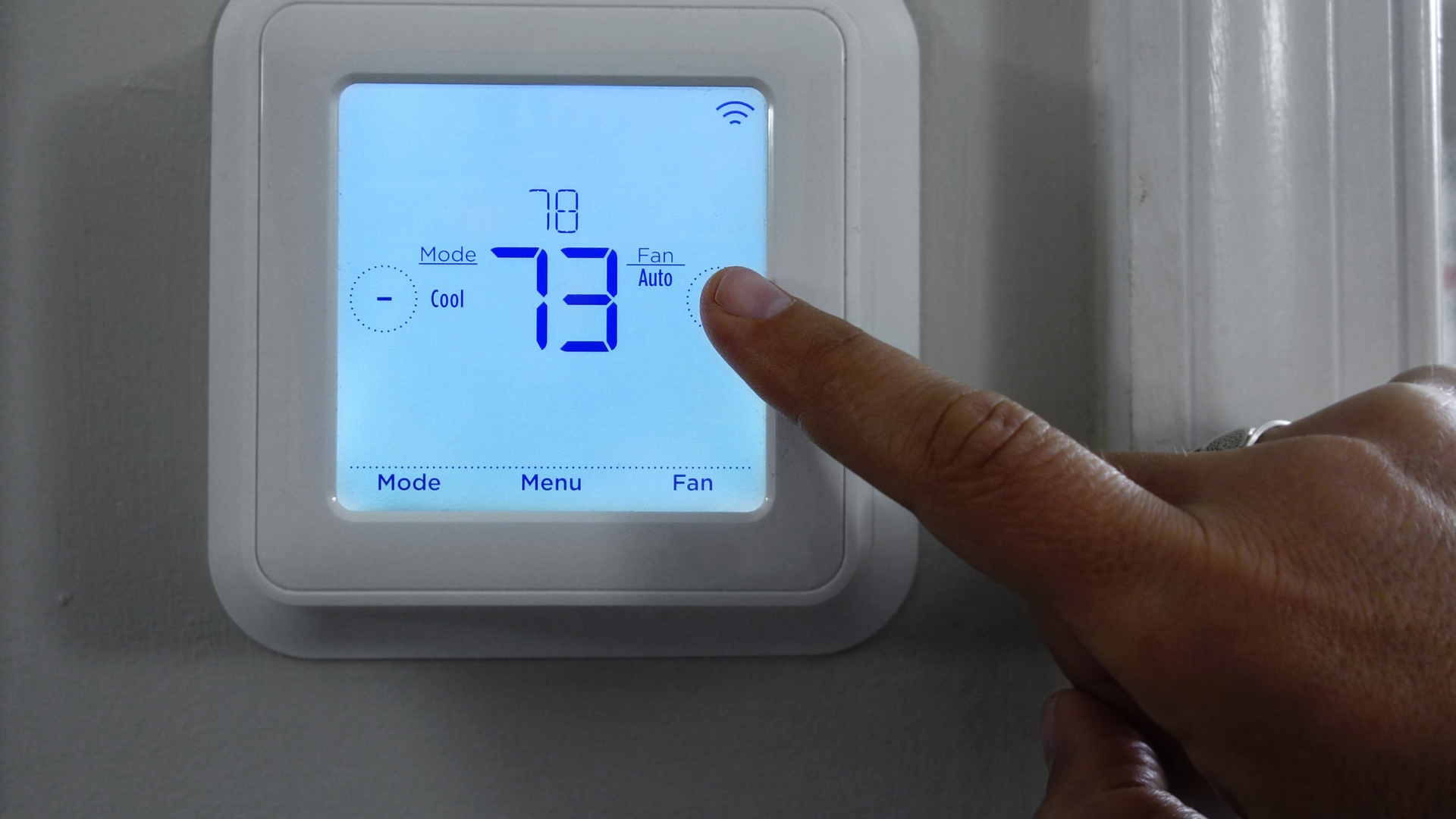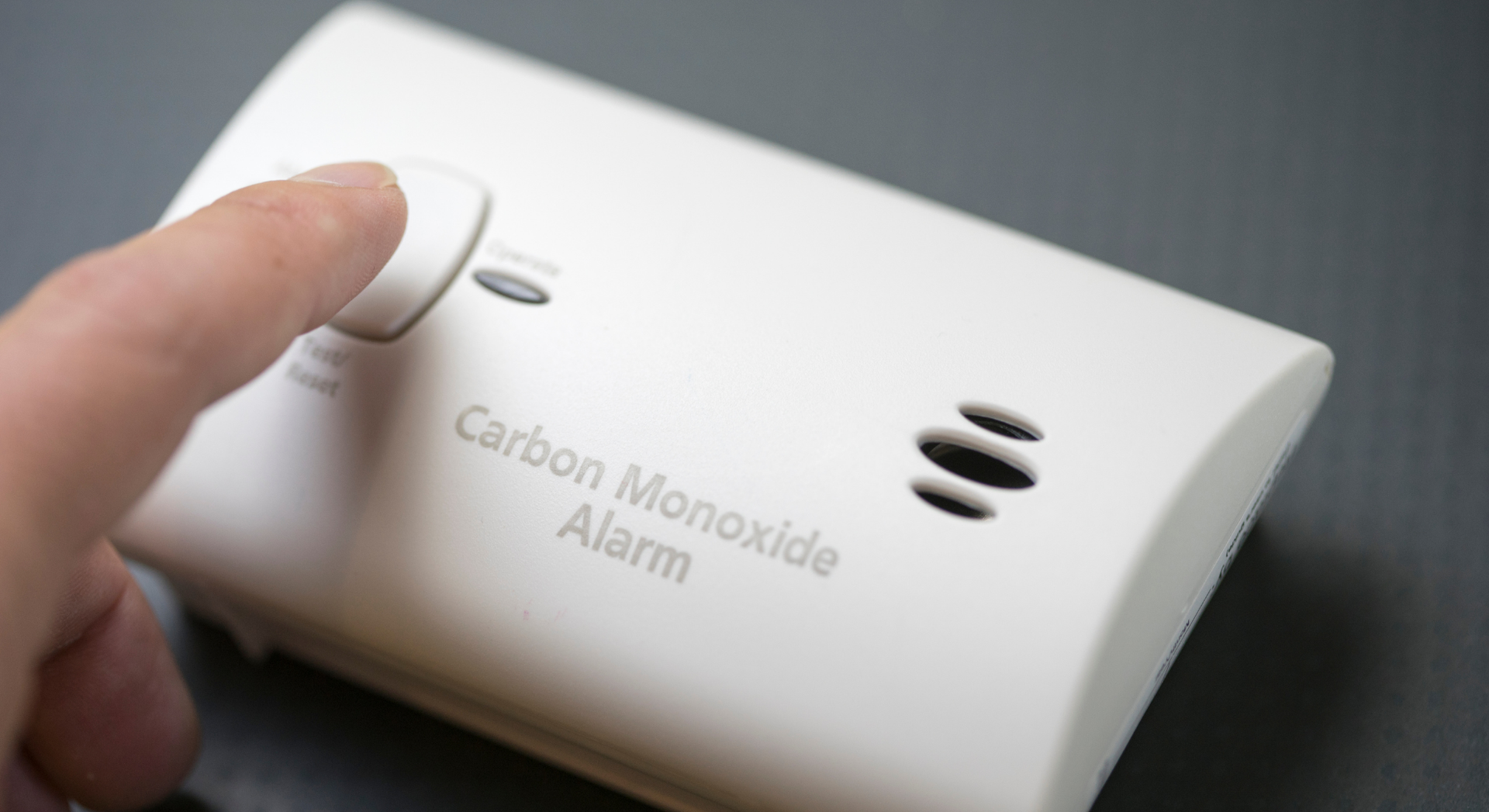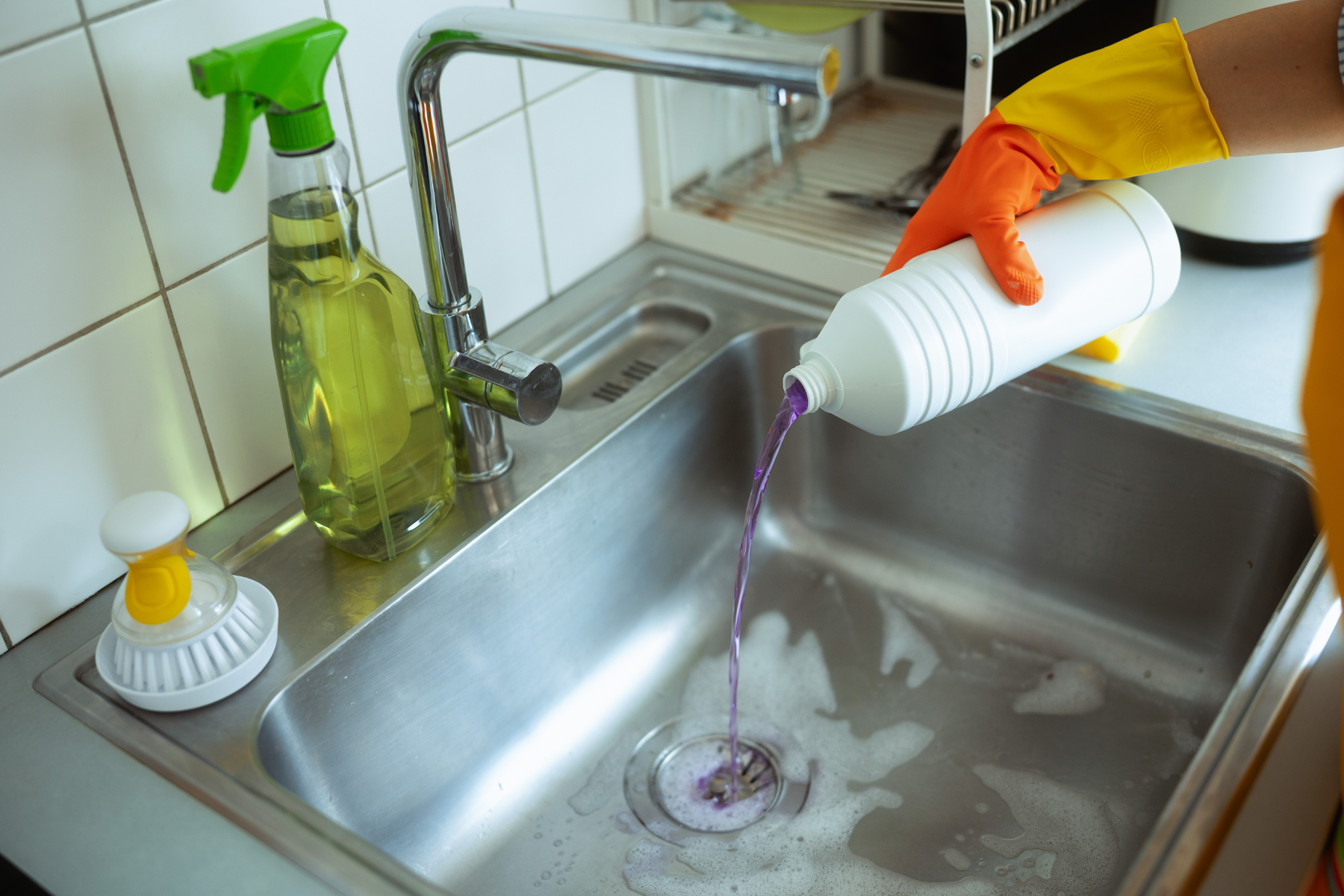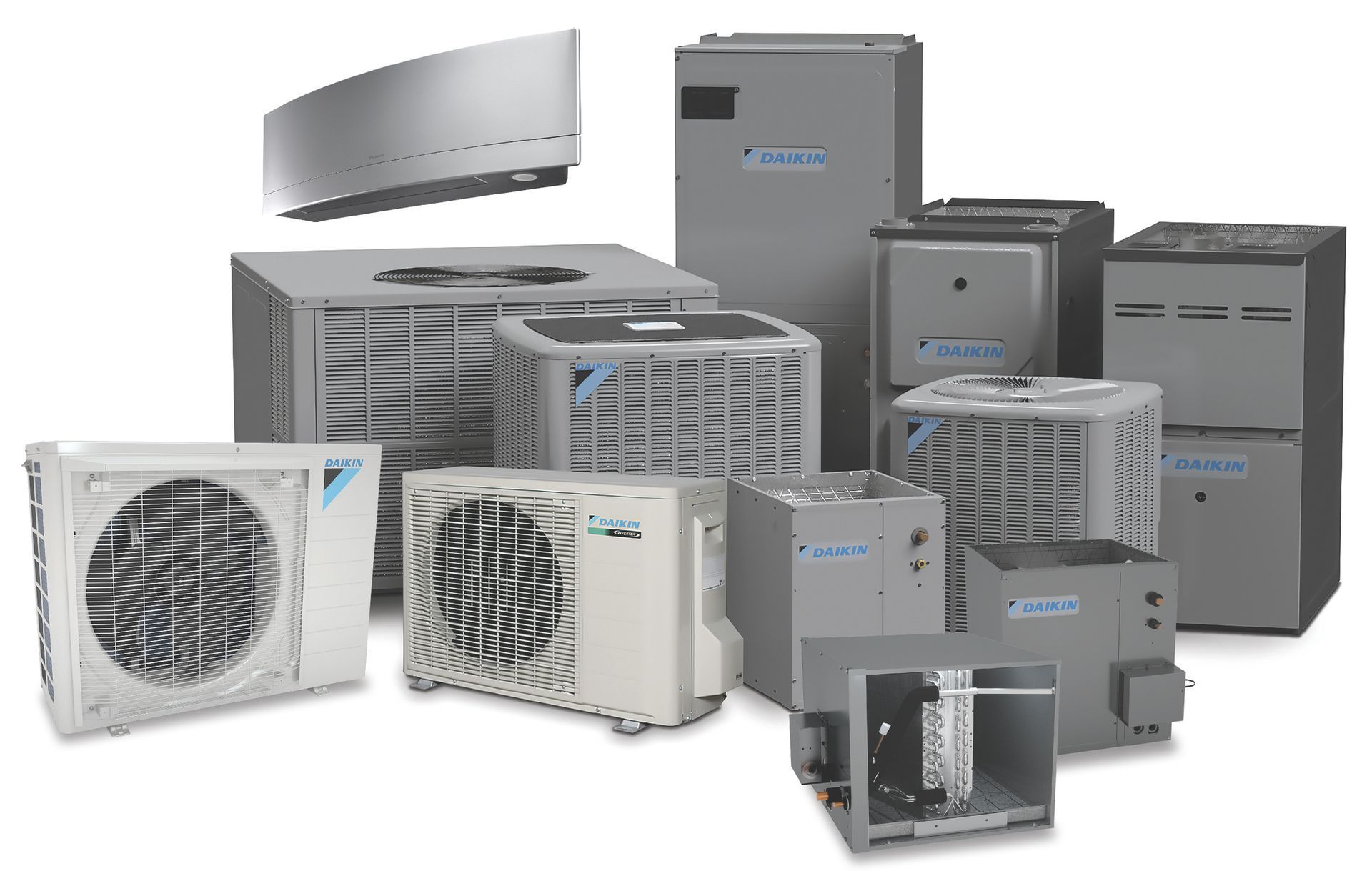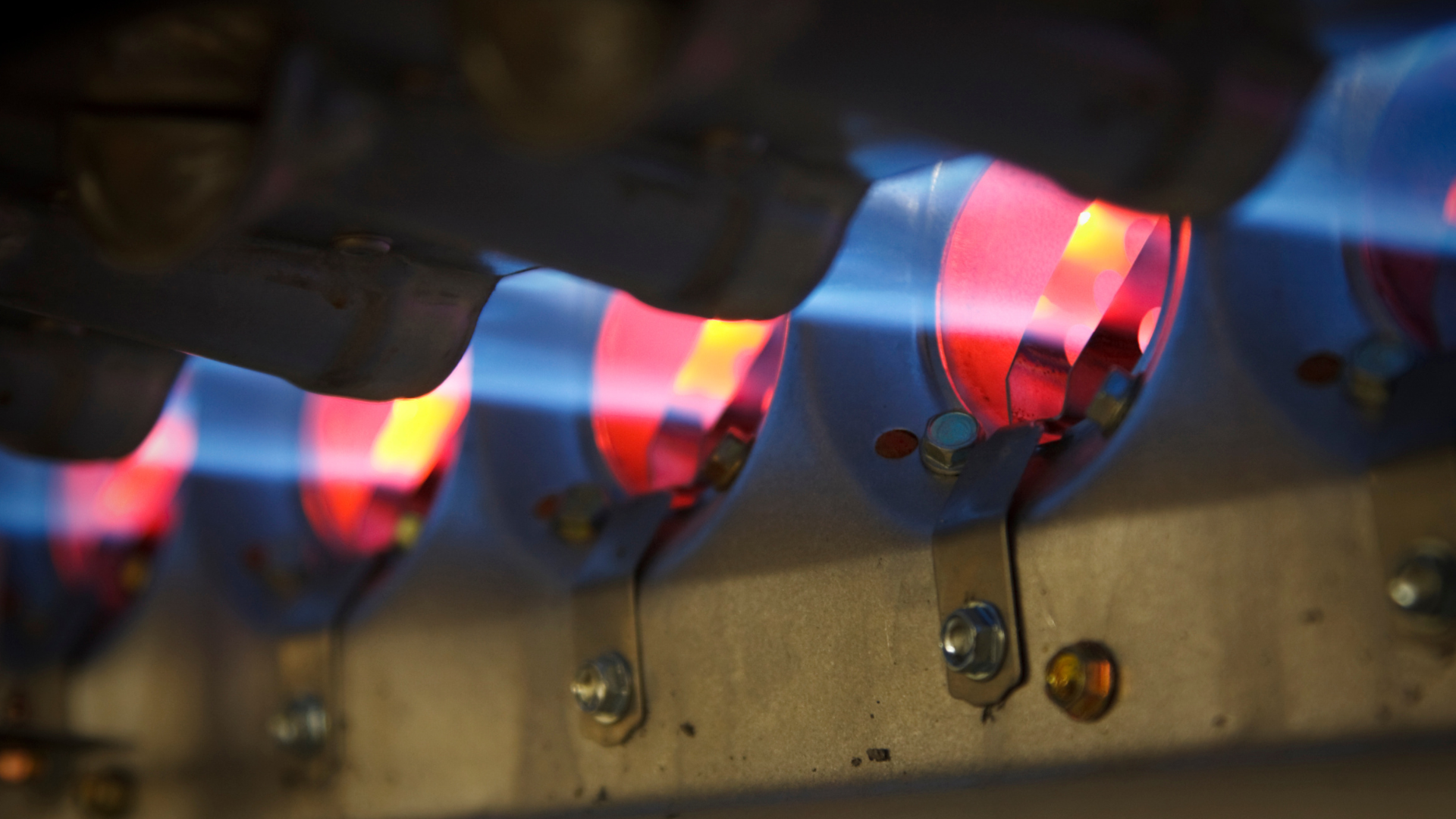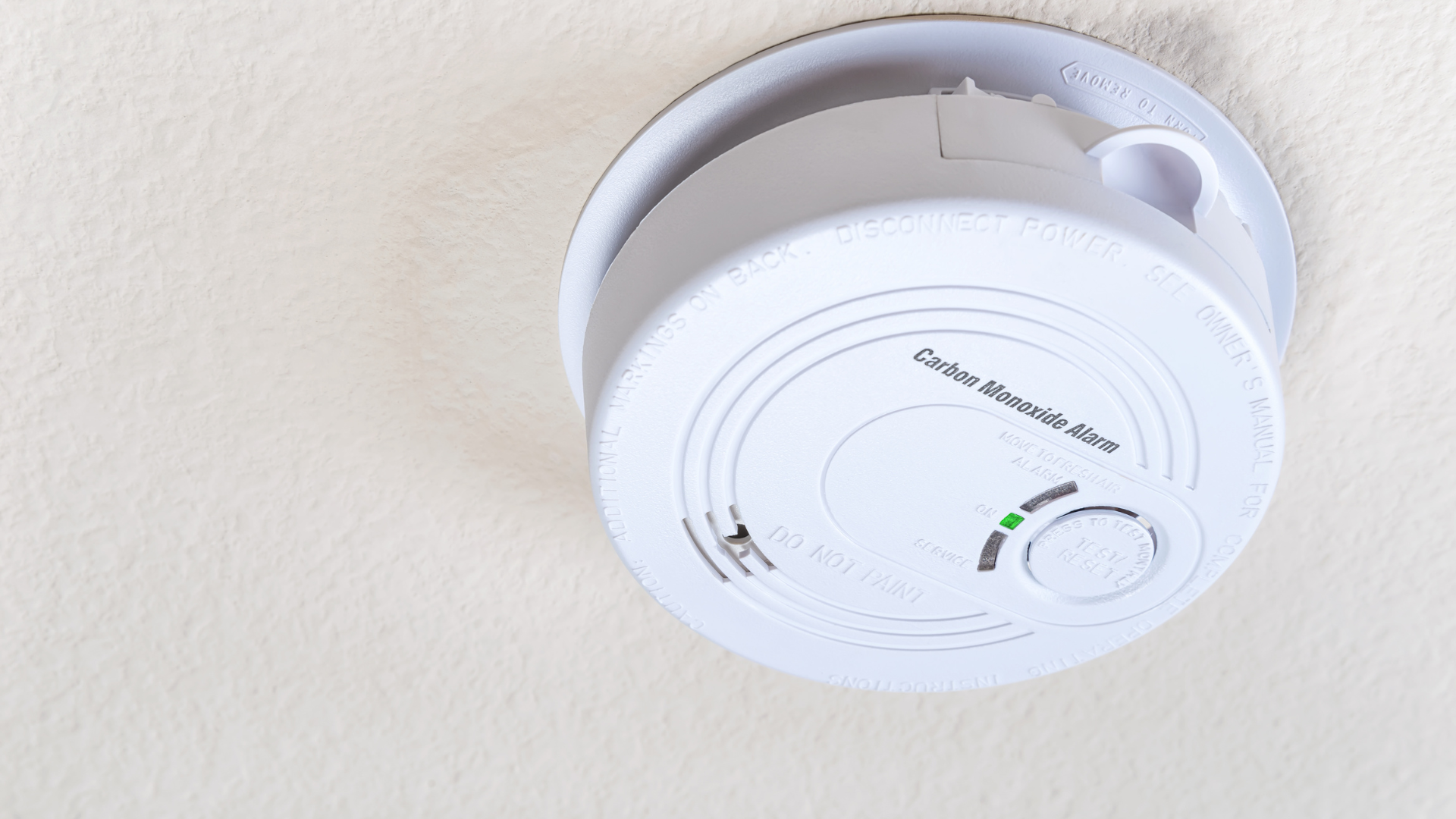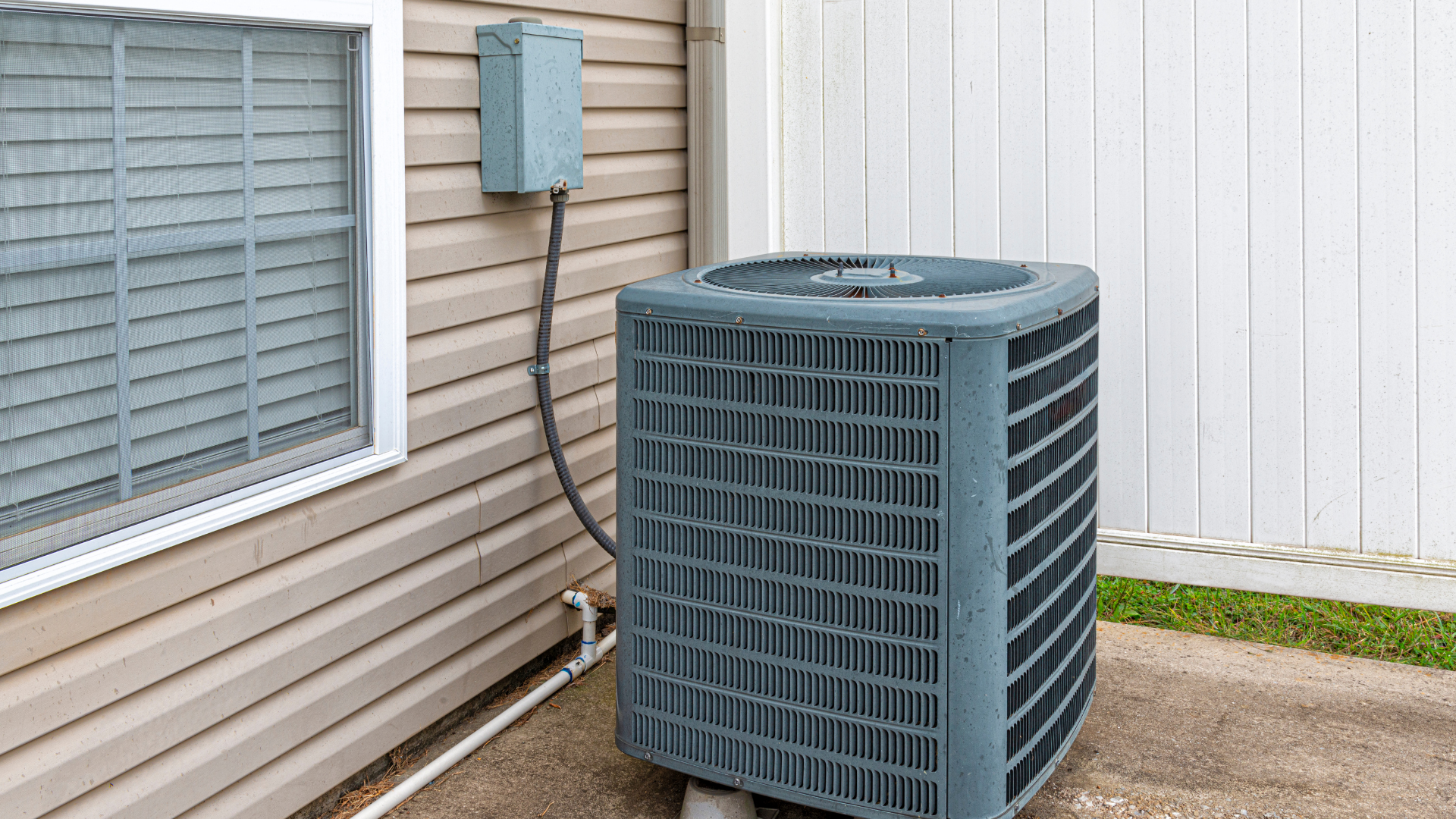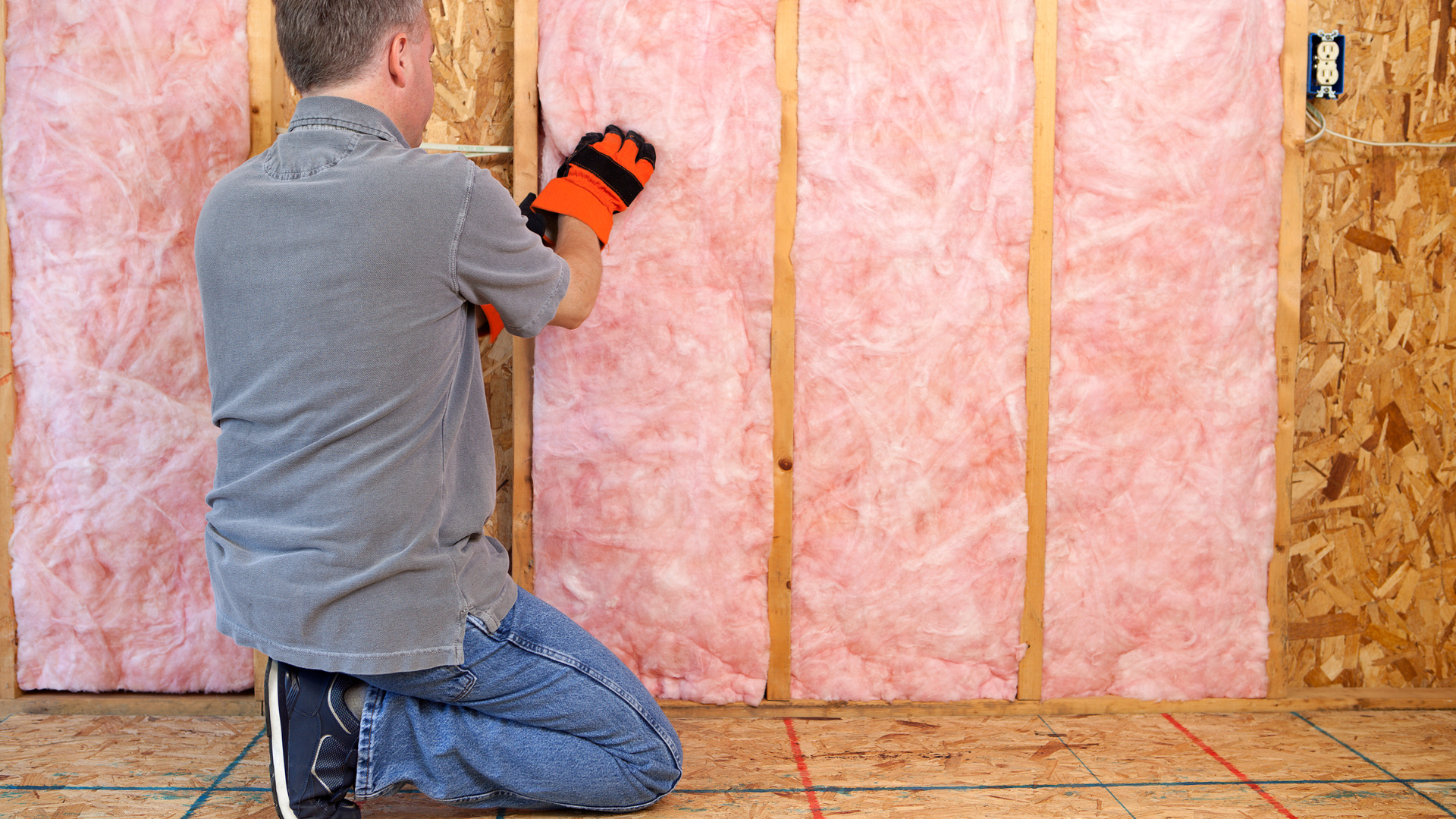What Homeowners Need to Know About Septic Tanks
🚽 Septic Tanks 101: What Homeowners Need to Know
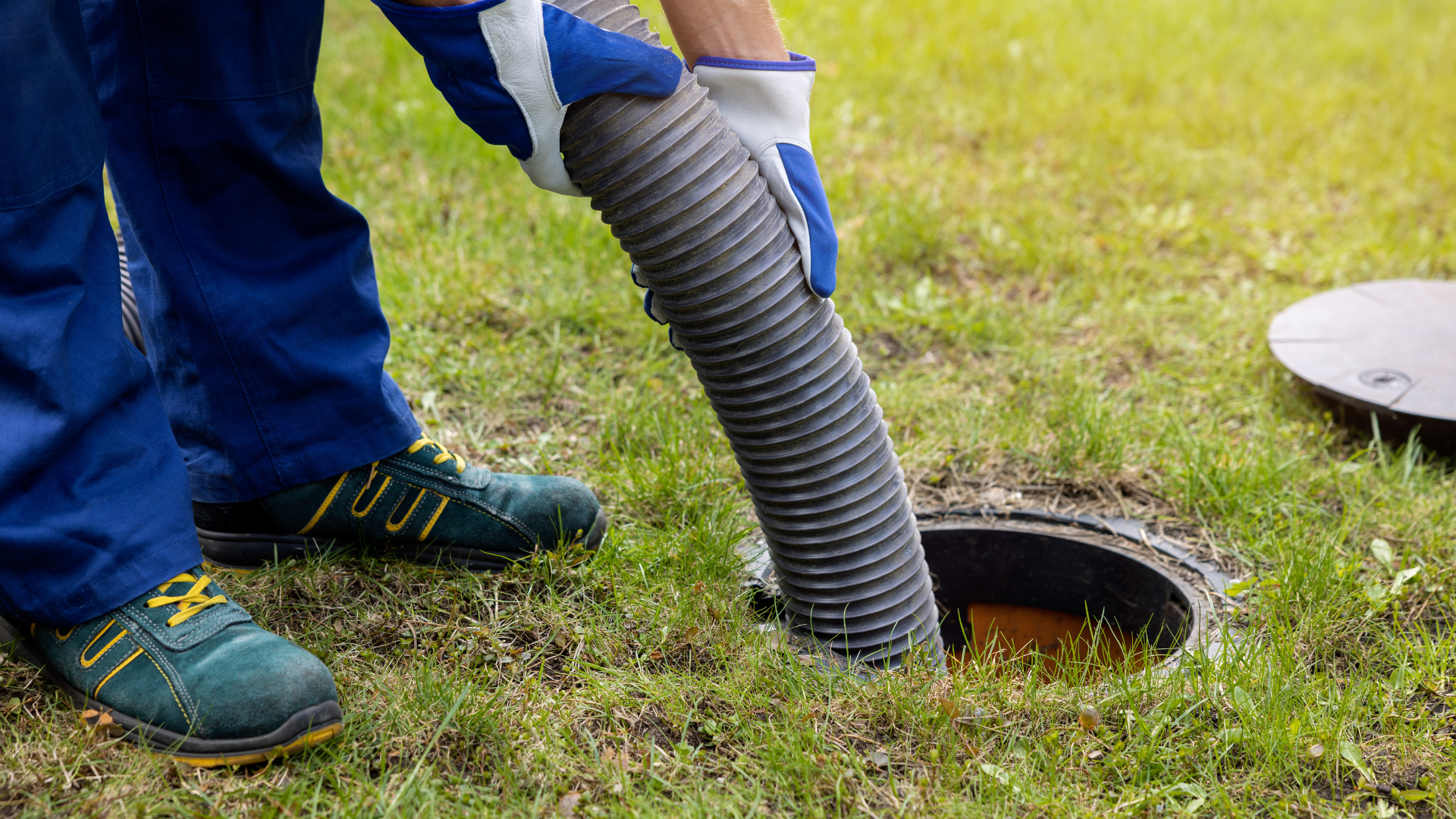
If your home isn’t connected to a municipal sewer system, chances are you rely on a septic tank. Whether you’re building a new home in rural Michigan or maintaining an older property elsewhere in the country, understanding how your septic system works—and how to care for it—is essential to keeping things flowing smoothly.
🏡 What Is a Septic Tank?
A septic tank is an underground system that treats and disposes of household wastewater. It’s commonly used in rural areas or homes that aren’t connected to city sewer lines.
Your septic system handles everything that goes down your drains—from toilets and showers to dishwashers and washing machines. It separates solids from liquids, breaks down waste, and safely disperses treated water into the ground.
⚙️ How Does a Septic System Work?
Here’s a simplified breakdown of the process:
- Wastewater flows into the tank from your home’s plumbing.
- Solids settle at the bottom, forming sludge, while oils and grease float to the top as scum.
- Bacteria in the tank break down organic matter naturally.
- Liquid effluent flows out into a drain field (also called a leach field), where it’s filtered through soil.
If everything’s working properly, it’s a quiet, odorless process. But without regular maintenance, problems can quickly arise.
🧰 Routine Septic Maintenance Tips
To keep your system healthy and avoid costly repairs, follow these basic maintenance guidelines:
- Pump your tank every 3–5 years (frequency depends on household size and usage).
- Avoid flushing non-biodegradable items like wipes, feminine products, or paper towels.
- Use water efficiently to reduce strain on the system.
- Keep heavy vehicles off the drain field to prevent damage.
- Watch for warning signs like slow drains, odors, or soggy ground near the tank.
💸 What Does Septic Service Cost?
Here’s a general price breakdown to help you budget:
Service Type: Installation
Average Cost Range: $3,000 – $10,000+
Notes: Depends on tank size, soil type, and location
Service Type: Routine Pumping
Average Cost Range: $300 – $600
Notes: Every 3–5 years; more often for larger households
Service Type: Inspection
Average Cost Range: $100 – $300
Notes: Recommended every 1–3 years
Service Type: Minor Repairs
Average Cost Range: $200 – $1,500
Notes: Includes baffle replacement, pipe fixes, etc.
Service Type: Major Repairs/Replacement
Average Cost Range: $2,000 – $7,000+
Notes: May involve tank or drain field replacement
Note: Prices vary by region, accessibility, and system type. Always get quotes from licensed professionals.
🛠️ When to Call a Pro
If you notice:
- Sewage backup in your home
- Foul odors near the tank or drain field
- Standing water or lush grass over the drain field
…it’s time to call a septic service provider. Catching issues early can save thousands in repairs.
🏡 Final Thoughts
Septic systems may be out of sight, but they shouldn’t be out of mind. With regular care and a basic understanding of how they work, homeowners can avoid messy surprises and keep their systems running smoothly for decades.
Looking for trusted septic pros in your area? Check out our Home Services Buying Guide directory to find licensed contractors near you.
Click Another Article to Read More
